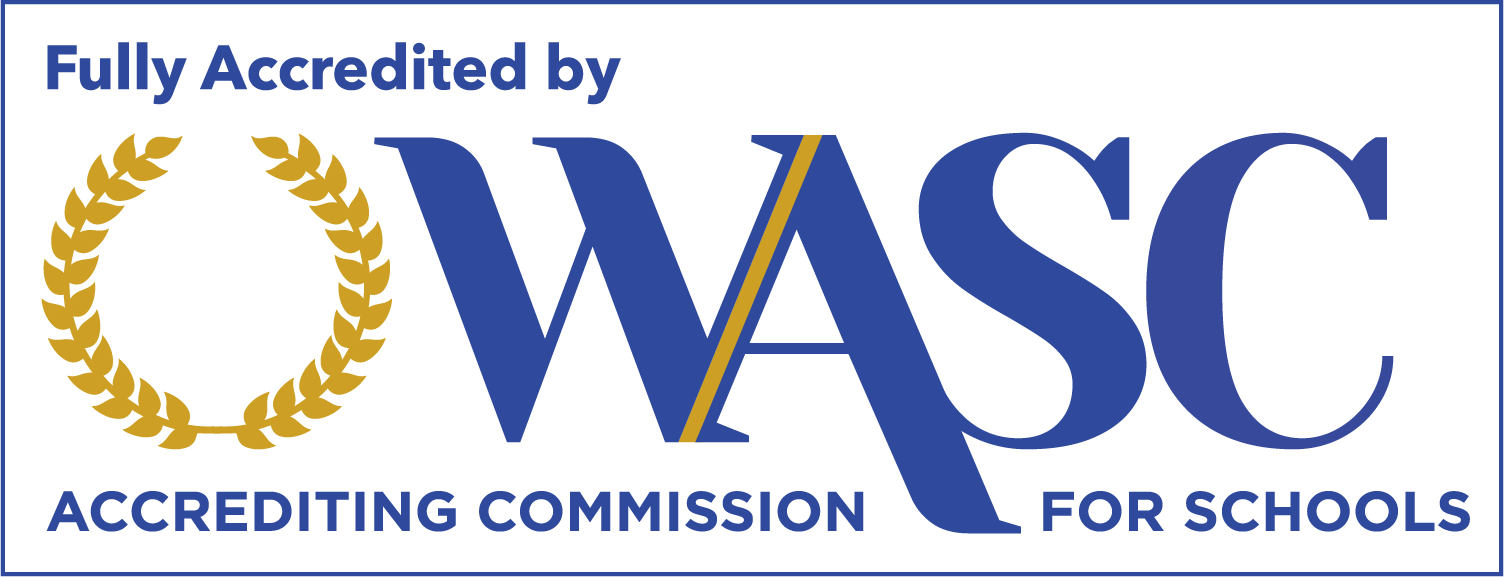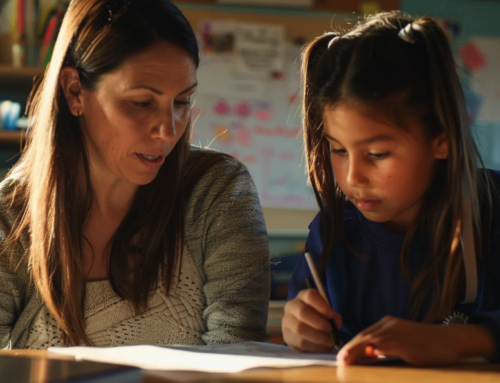How to Use Structured Literacy in the Classroom
Only 37% of high school students graduate at or above reading proficiency. Literacy rates are low in the United States and it is clear that children are struggling.
Structured literacy is a great solution to developing strong reading skills. It is a method of literacy education that breaks everything down into tiny parts and helps children understand how to process words and their meanings even if the words are new to them.
We are here to talk all about structured literacy for students as well as how it may look in the classroom. Read on to learn more.
First: What Is Structured Literacy?
Structured literacy is an educational approach that breaks down reading and spelling into basic but explicit components.
It integrates listening, speaking, touching, reading, and writing and prepares students to “decode” words. It is highly effective for children with dyslexia but also helpful for all readers.
While there are many children who easily learn to read, even more are left struggling. Structured literacy lessons may help close the gap and allow all students to read and spell at grade level.
Structured literacy is a science-based approach. It uses multi-sensory methods and a specific order of teaching to allow children to develop their literacy skills until they are reading proficiently. Students master one skill at a time before moving on to the next.
Components of Structured Literacy in the Classroom
Structured literacy is broken down into several crucial components. Each component is a skill a child learns before moving on to the next. It starts with phonemic awareness and sound-symbol knowledge then moves through the syllable types in a systematic way using all the senses to learn to read and spell.
In addition, Structured Literacy uses nonsense words to teach reading and spelling skills. Nonsense words take away the memory components of words helping students decode and spell words that they do not know. This ensures that students understand the concepts and can apply them to unknown words. While it seems like a slow process, it is one that works effectively for most readers.
Here are the components of structured literacy.
Phonemic Awareness and Phonology
Phonemic Awareness is the sound structure of a word. Phonology is how those sounds combine to make words. Every word is made up of several phonemes. Each phoneme is associated with a letter or letter combination. When you already know how to read, the phonemes come together seamlessly, but being able to break them apart is helpful for new readers.
Take the word “kit” for example. This is a simple one-syllable word, but you can still break it down into phonemes. It breaks down into: /k/-/ i/-/ t/.
In other forms of reading education, we refer to this as “sounding it out.”
When children understand what each letter sounds like, they will be better at blending them together into words.
Sound-Symbol Association
Of course, sounds are associated with symbols. In English, those symbols are letters. These letters are called graphemes.
Children should be able to associate sounds with graphemes, but this can be tricky. In English, some letters do not make sense with their associated sounds, or those sounds can change depending on the context.
For example, “cat” breaks down into: /k/-/ah/-/t/ instead of “/c/-/a/-/t/.” Sometimes a “c” says /s/, sometimes a “ch” says /k/, sometimes an “s” says /z/ – it can all be very confusing for a struggling reader!
This is one reason that teacher-led instruction is so important when it comes to structured literacy. A teacher may see a child misunderstanding the word (potentially pronouncing it as “kate”) and step in to explain how the order of the letters is influencing their sounds.
At this stage, it is best for teachers to use flashcards for letters and have children recite the corresponding sounds. Once children understand individual letters, teachers can move on to how each sound changes when it is next to another letter.
Teachers may also give children magnetic letters or block letters to work with to create sounds.
Syllables
Syllables are sections of words. In the classroom, “clapping out” words is a great way to get children to understand syllables.
When a teacher introduces a new multisyllabic word, such as “winter,” students would clap for each syllable while saying the word – it becomes “win”-“ter”. If the word is on the board for the child to read, they would tap the board for each syllable and break the word down to make it easier to understand.
This will help children as they start to encounter more complicated words. They will learn how to break apart “hard” words to decode the individual syllables and then blend them into meaningful words.
Morphology
Morphemes are more complicated. They are the basic meanings of words when broken down into their smallest parts.
If you break a word down into its base or root, prefix, and suffix, you should be able to understand the meaning of the word even if it is new to you. Roots, prefixes, and suffixes are all types of morphemes.
Teachers should provide students with words to break down into meaningful parts. They would show children how to break down these words into roots, suffixes, and prefixes. Then, children should try to break down words on their own.
Teachers can also use magnetic words and letters to instruct children on how to turn words into new words by adding prefixes and suffixes. For example, a child may turn the word “track” into “tracker” or “tracking” by adding a suffix.
Syntax
The syntax is how words function together. Syntax lessons include parts of speech and basic language conventions.
Teachers can read a sentence aloud that is not quite correct. Even new language learners can often tell when something sounds wrong. The children can identify what sounds “wrong” and the teacher can help them make it right.
A simple example is “The begs dog” should be arranged to say, “The dog begs.”
Giving children magnetic words and having them create sentences is a great activity. They can move the words around until the syntax is correct.
Semantics
Semantics pulls everything together and gives meaning to the sentences. It involves how specific words function either on their own or in the context of sentences, articles, and even creative writing.
Semantics is the last step of the process, and having children use words in the context of their own lives is a great way to tie everything together.
For example, let’s say that the vocabulary words are clothing-related words. Children could write about getting dressed, or their favorite outfits.
Structured Literacy Is Great for Teaching Language
Structured literacy seems complicated but in reality, it is a great method for teaching children how to read and spell. Through structured literacy, children learn how to break down new words and understand them, even if they are unfamiliar. It also helps develop vocabulary skills and accurate, automatic fluent reading supporting strong comprehension skills.
At Read Academy, we understand that children with dyslexia have special educational needs. Our teachers make reading fun and accessible for our students. If you would like to enroll your child in Read Academy, learn more about the admissions process today.




